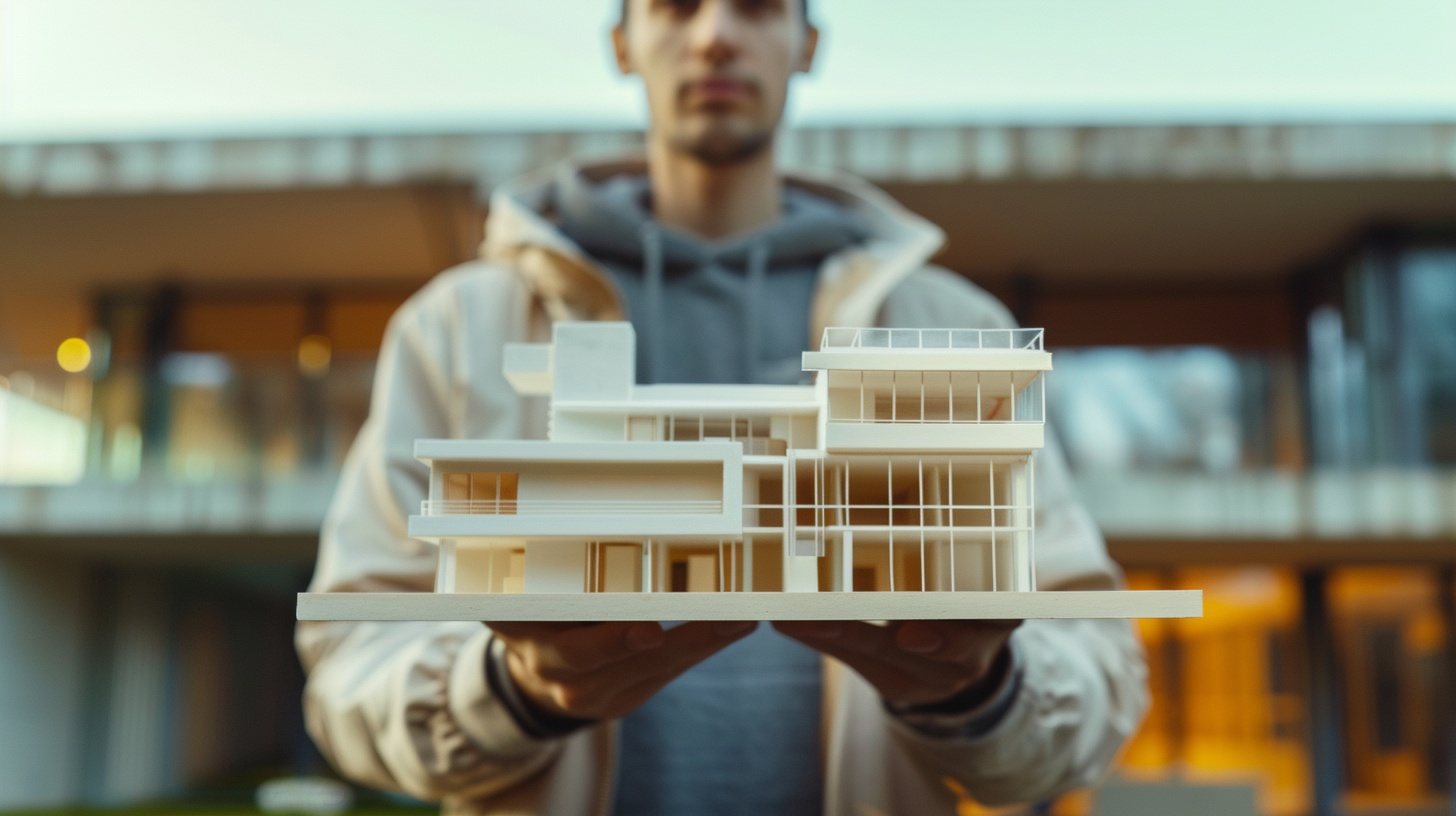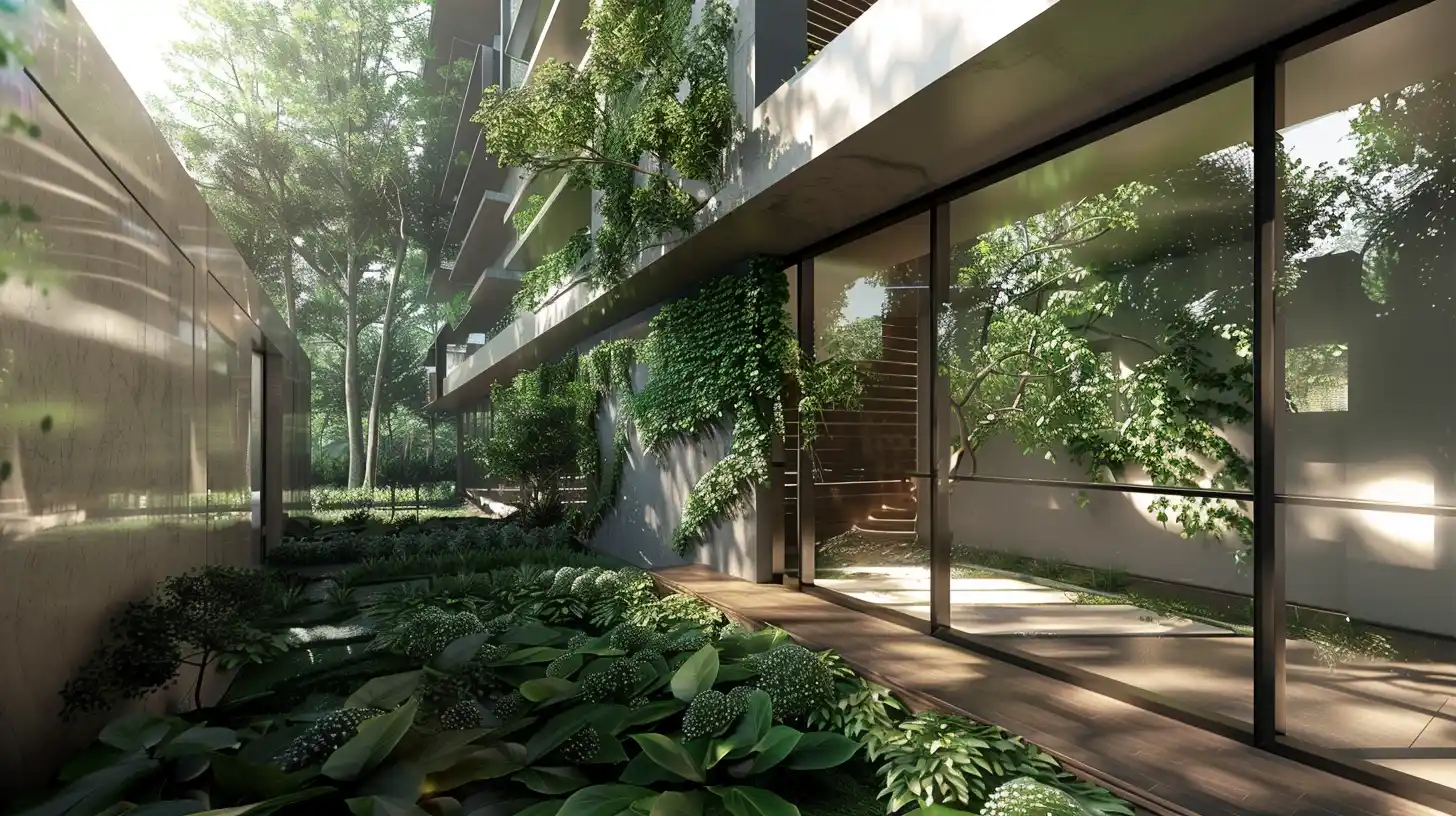
Why Less is More When Exploring Minimalist Architecture

In the realm of architectural minimalism, simplicity reigns supreme and less truly becomes more. In the ever-evolving landscape of architectural design, minimalist architecture stands as a beacon of timeless elegance and functionality. So, what exactly is minimalist architecture, and why does it continue to captivate the hearts and minds of designers and homeowners alike?
Minimalist architecture is more than just a design style; it’s a philosophy that advocates for stripping away the unnecessary to reveal the true essence of a structure. Imagine clean lines, basic geometric shapes, and a restrained color palette—all working together to create spaces that exude tranquility and clarity. It’s about embracing simplicity in form and function, while still maintaining a profound sense of beauty and purpose.
Reknowned Architects Who Championed Minimalist Architecture
At its core, minimalist architecture embodies the age-old principle of “less is more,” championed by renowned architect Ludwig Mies van der Rohe. This principle emphasizes the importance of eliminating superfluous elements to highlight the purity and elegance of design. In minimalist architecture, every element serves a purpose, contributing to the overall harmony and coherence of the space.
But minimalist architecture is not just about aesthetics; it’s also about creating spaces that enhance our well-being and quality of life. By prioritizing open layouts, natural light, and uncluttered spaces, minimalist buildings foster a sense of calm and serenity—a welcome respite from the chaos of modern life.
Key Principles Governing This Philosophy
As we embark on this journey into the world of minimalist architecture, it’s essential to understand the key principles that underpin this design philosophy. Clean lines, simple geometric shapes, and a limited color palette are just the beginning. Minimalist architecture also emphasizes the use of natural materials, such as wood and stone, to create spaces that feel grounded and connected to the earth.
One of the hallmarks of minimalist architecture is its ability to blur the boundaries between indoor and outdoor spaces. Floor-to-ceiling windows, expansive glass walls, and seamless transitions from interior to exterior create a sense of openness and fluidity, allowing occupants to feel more connected to nature.
Throughout history, visionary architects like Ludwig Mies van der Rohe and Le Corbusier have championed the principles of minimalist architecture, leaving behind a legacy that continues to inspire designers and architects today. But minimalist architecture is not just a relic of the past; it’s a living, breathing design philosophy that continues to evolve and adapt to the changing needs of society.
Benefits Of Minimalist Architecture
Aesthetic Appeal
First and foremost, minimalist architecture offers unparalleled aesthetic appeal. With its clean lines, open spaces, and restrained color palette, minimalist buildings exude a sense of tranquility and sophistication. Whether it’s a sleek urban skyscraper or a minimalist home nestled in nature, these spaces evoke a sense of calmness and order that resonates with our innate desire for simplicity.
Functionality
But minimalist architecture isn’t just about looks; it’s also about functionality. By prioritizing essential elements and eliminating unnecessary clutter, minimalist buildings maximize usable space and promote efficient use of resources. Open floor plans and seamless transitions between rooms create a sense of flow and connectivity, enhancing the overall livability of the space.
Cost Effective
From a practical standpoint, minimalist architecture can also be more cost-effective in the long run. By focusing on quality over quantity and opting for durable, low-maintenance materials, minimalist buildings require less upkeep and repair over time. This translates to savings in both time and money for homeowners and building owners alike.
Encouraging Residents To Focus On What Matters
Moreover, minimalist architecture promotes mindful living by encouraging residents to declutter their lives and focus on what truly matters. By living with less, individuals can cultivate a deeper appreciation for the essentials and foster a sense of contentment and fulfillment in their daily lives.
Sustainability
But perhaps the most significant benefit of minimalist architecture is its inherent sustainability. By prioritizing energy efficiency, natural light, and passive heating and cooling strategies, minimalist buildings minimize their environmental footprint and contribute to a more sustainable future. Eco-minimalist architecture takes this a step further by integrating renewable energy sources and green building practices to further reduce environmental impact.
Challenges of Minimalist Architecture
As we’ve seen the myriad benefits of minimalist architecture, it’s essential to acknowledge that this design philosophy is not without its challenges. While minimalist buildings offer a host of advantages, navigating these hurdles effectively can ensure a successful and harmonious architectural experience.
Achieving Precise Design Accuracy
One of the primary challenges of minimalist architecture lies in achieving design precision. With its emphasis on clean lines and uncluttered spaces, even minor imperfections can become glaringly apparent. Achieving a flawless execution requires meticulous attention to detail and a keen eye for proportion and balance.
Furniture Selection
Careful furniture selection is another hurdle that homeowners and designers must navigate when embracing minimalist architecture. Each piece of furniture must complement the overall aesthetic of the space without overwhelming it. Opting for furniture that is both functional and visually appealing is key to creating a harmonious environment.
Moreover, minimalist architecture can pose challenges in terms of adding personal touches to the space. With its emphasis on simplicity and restraint, finding ways to infuse the space with personality and warmth can be challenging. However, thoughtful curation of artwork, accessories, and personal belongings can help imbue the space with a sense of character and identity.
Diligence And Organisation
Maintaining a minimalist space also requires ongoing diligence and organization. Because clutter is antithetical to the minimalist ethos, homeowners must be vigilant about keeping the space tidy and uncluttered. Establishing effective storage solutions and decluttering regularly can help maintain the minimalist aesthetic and promote a sense of order and tranquility.
Conclusion
Minimalist architecture offers a wealth of opportunities for innovation and creativity. By pushing the boundaries of traditional design conventions and exploring new materials and technologies, designers can create minimalist spaces that are both visually stunning and highly functional.
And while minimalist architecture presents its fair share of challenges, the rewards far outweigh the obstacles. By embracing simplicity, functionality, and sustainability, minimalist architecture offers a blueprint for creating spaces that enhance our lives and enrich our communities.
Ready to get started on your architectural journey and explore the beauty of minimalist design? Contact Designs Boss, your trusted partner in architectural innovation and excellence. Our team of experts is here to guide you every step of the way, from concept to completion. Let’s create spaces that inspire, uplift, and endure for generations to come.
Latest

What Makes a Good Architectural University

What Are The Most Beautiful Bridges Ever Designed

